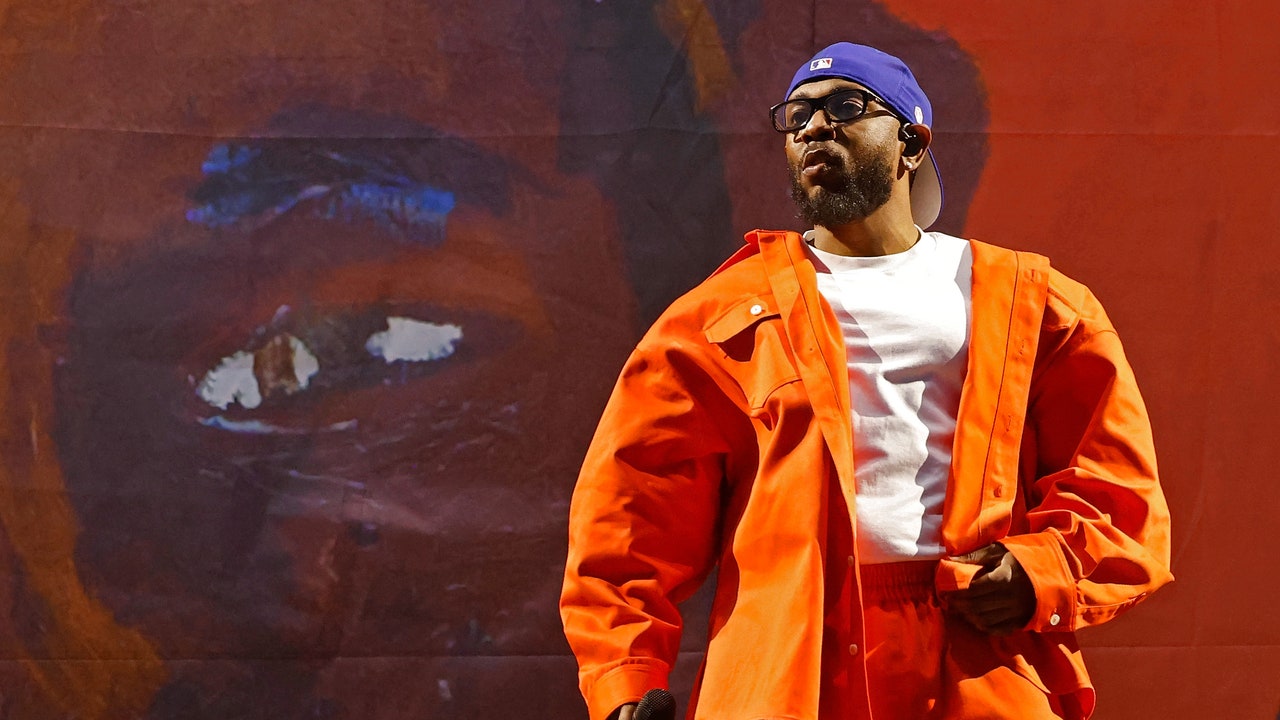Kendrick Lamar hurled plenty of damning judgments in Drakeâs direction throughout the course of this year. Heâs spoken about the Canadian starâs history with women, his shallow, stream-seeking music, his siphoning off of young artistsâ untapped energy to stay relevant. A compelling case could be made for each of those accusations, though their stench has seemed to largely fade with time. The most pointed and persistent of these indictments, however, is the one that was introduced in âEuphoria,â sculpted the shape of âNot Like Us,â and is now the driving force behind the sonic direction of Lamarâs newest album, GNX: the idea that what separates Kendrick and Drake, the two faces of hip-hopâs Millennial generation, is Drakeâs perceived refusal of a spiritual â and maybe even ancestral â obligation to contribute and call back to a specified cultural lineage that precedes him.
If the strategy to win this feud was to point out how Brother Graham has had to globetrot and collect collaborators to substitute for his lack of a genuine, longstanding connection to a community, then it makes sense that Kendrick has concluded his biggest year in almost a decade by continuing to flex how strong his arm is from Southern to Northern California throughout GNX. He pulls in artists who are buzzing at a ground level on his home turf âDody6, AzChike, Peysoh, Lefty Gunplay, Hitta J3, and more. Mustard and Sounwave lend the West Coastâs resonant, playful bounce to a fair share of the production; the late LA rapper Drakeo The Rulerâs signature technique is resurrected and used as a roadmap. But beyond his weaponized use of a hyperlocal focus and regional displays of expression, Lamar also tries to emphasize the space between him and Drake by drawing parallels between his forebears and himself on the already-divisive âReincarnated.â Produced by Sounwave and Jack Antonoff, the song is a reimagining of 2Pacâs âMade Niggazâ in which the Compton rapper channels Black musical icons from the early twentieth century to the 90s of his childhood to the present day.
The first verse appears to reference John Lee Hooker, the Mississippi-born blues singer and guitarist who made himself a larger-than-life fixture in American music between the 40s and 60s. Kendrick gives a slice of the artistâs life, accurately detailing how Hooker, as a 14-year-old, was kicked out his reverend fatherâs house for having a guitar; the blues, at that time, was a secular taboo for religious folks. He follows Hookerâs progression from an ambitious teen, to a breakout star in the Detroit scene in the 40s to one of the most heralded musicians of the 20th Century, his music eventually used as a faceless source of soul for White America to draw from commercially and culturally. In 1997, four years before Hookerâs death, the Chicago Tribune paid him a visit at his sprawling ranch home in the San Francisco area. They made mention of the singer having white standout artists like the Rolling Stones as the opening act on his tours and Eric Clapton in his backing band in the â60s and his restoration to the public consciousness in the â80s thanks to acolytes like Bonnie Raitt. Outside of his window, a couple of peacocks frolic; contractors are carving a guitar out of white stone; he has eight cars. âNot bad for the son of Mississippi sharecroppers,â they note. Assessing the situation on âReincarnated,â Lamar wraps up Hookerâs story from the blues legendâs POV: âBut I manipulated power as I lied to the masses/Died with money, gluttony was too attractive.â
In the songâs second verse, Kendrick goes into the story of an angelic-voiced female star of the Chitlin Circuit era â likely Billie Holiday or Dinah Washington. âHad everything I wanted, but I couldnât escape addiction/Heroin needles had me in fetal position, restricted,â he says from her perspective, detailing the dilemma in this chapter. Lamarâs narration in this part of the song brings to mind the Tom Surgal-directed documentary, Fire Music, from 2021, which goes through the evolution of free jazz, an avant-garde iteration of the music that gave rise to genre titans like Sun Ra, Ornette Coleman, Albert Ayler, and Don Cherry. Though the majority of the film is spent outlining how this wave of artists innovated by bringing jazz back to its roots as improvisational Black music, ample space is given to honoring the artists who pushed themselves to the brink of insanity, addiction, and bad health in pursuit of their dreams â many never making enough money to fully sustain themselves and suffering an early demise.
To close the track, Lamar inserts himself into this timeline of cautionary tales. Like heâs done many times in the past (DAMN., in many ways, drew from the Hebrew Israelite doctrine that says Black people need to get right with God in order to rid themselves of the curse that keeps us in precarious situations), he personalizes the battle between good and evil here. In a conversation with God, Lamar takes on the role of Lucifer (or reveals that he seems himself as Lucifer sometimes), a disgraced musician who got too greedy along the way. Still in an internal battle of who he really is, God reminds him: âevery individual is only a version of you.â With this reasoning, you could argue that Kendrick is just the latest host of a spirit thatâs traveled through all these people at one point in time. Will heâlike Hooker, in his framingâget too comfortable being rich and a celebrated figure for all American people instead of speaking to the specific community he comes from? Will he, like Holiday or Washington, fall victim to a detrimental habit? Or will he be in a perpetual state of limbo, not knowing where to stand?

